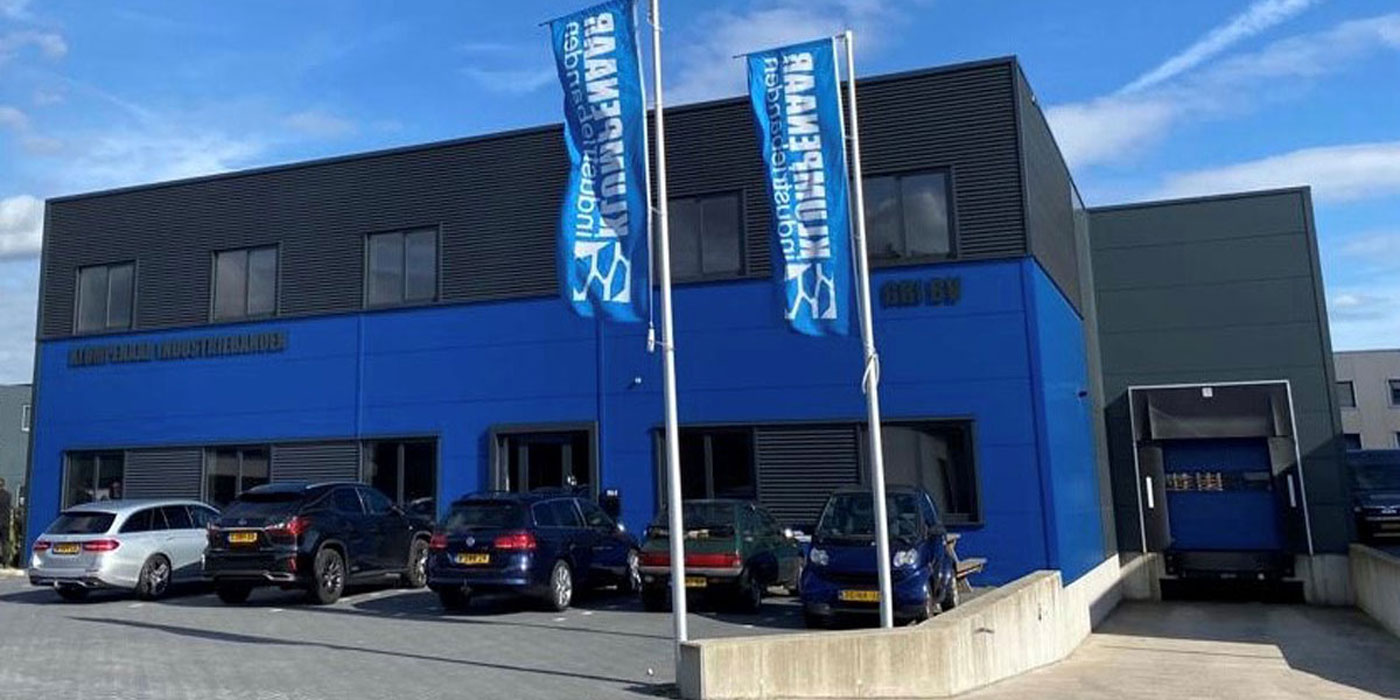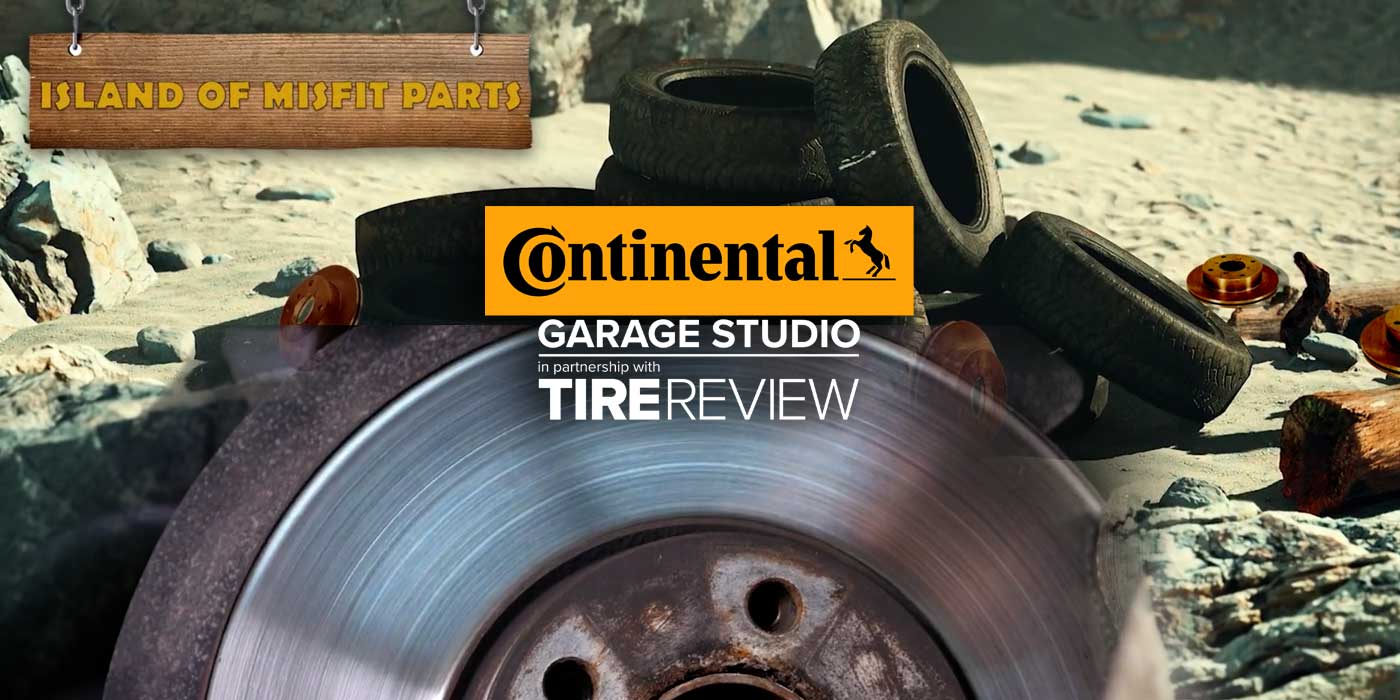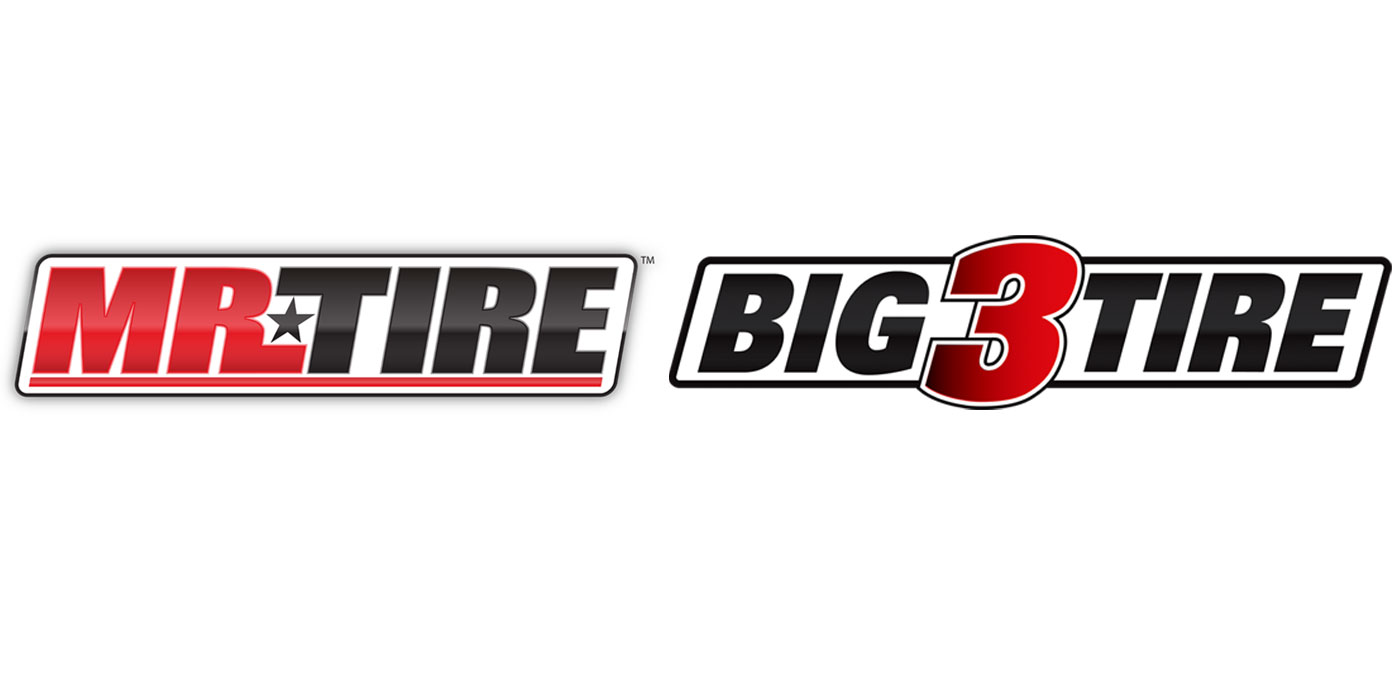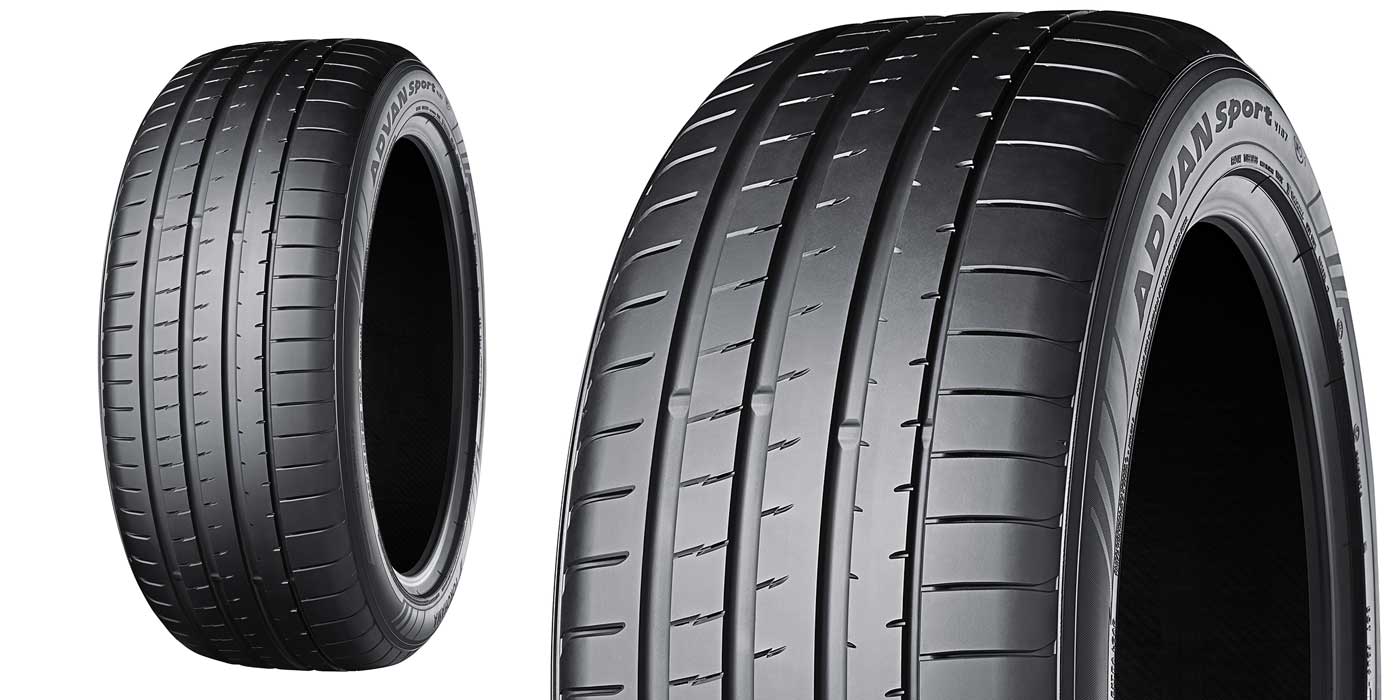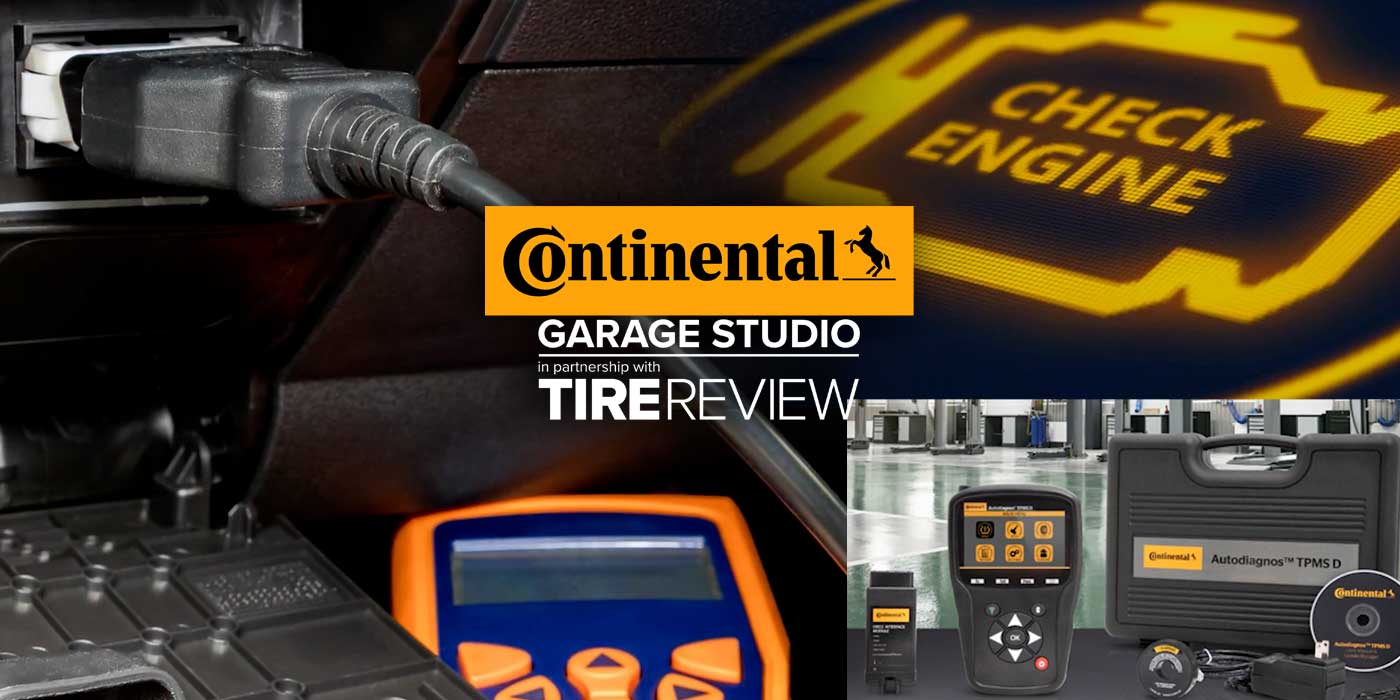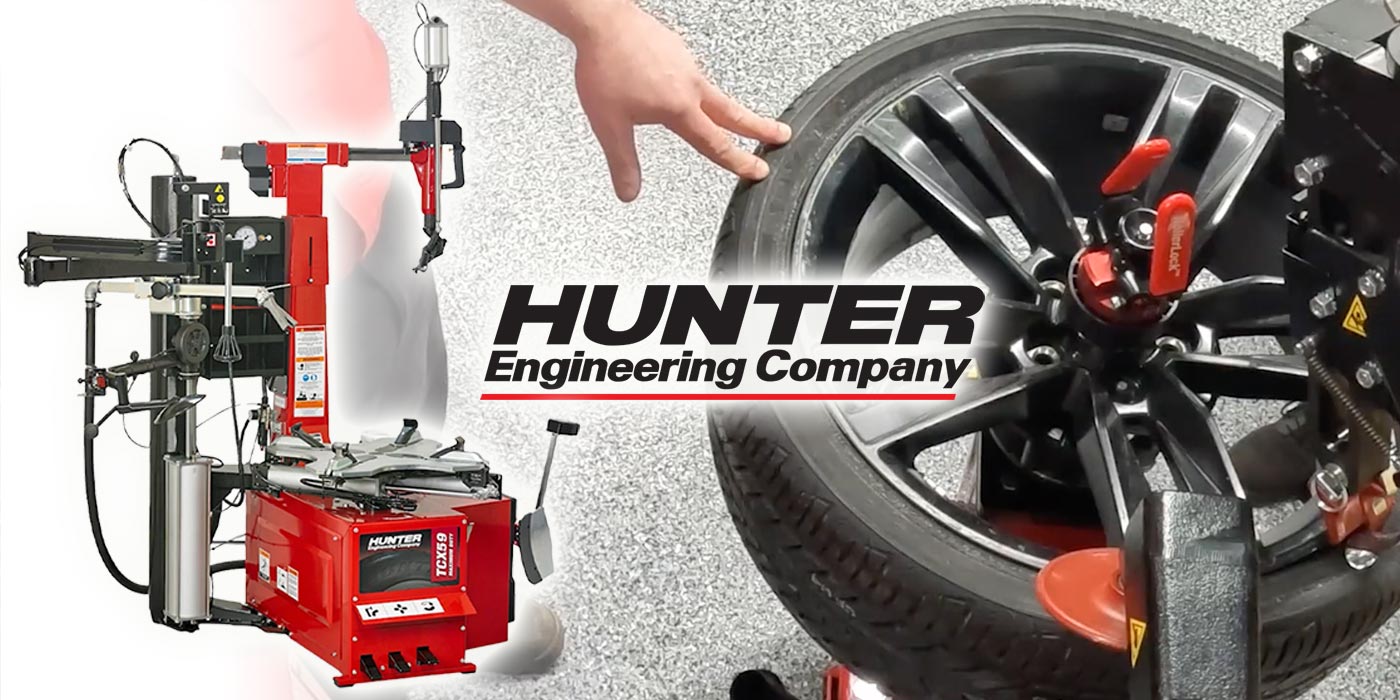Tag, You’re It
Lack of Power Powers Michelin’s New Truck Tire Tag System
How do you make a battery small enough to power an air pressure- and temperature-reading microchip in a medium truck tire? And make it out-last the tire itself? And not pose a disposal hazard? And not fail because of heat and harsh vibration? Oh, and weigh so little that it won’t impact tire balance?
If you’re Michelin, you don’t.
That’s exactly how Michelin North America appears to have won the decade-long race to create a workable microchip tire tag. Michelin’s new battery-less system reads inflation pressure and internal temperature, and serves as part of a data-rich tire identification and tracking system for that tire throughout its entire lifecycle.
Michelin’s eTire technology – featuring a tag, a tag mounting system, stationary and hand-held readers, and an Internet-based software system – was introduced to North American tire and trucking media in mid-October at USA International Speedway in Lakeland, Fla.
Tiremaker attempts to make tire tags small enough for practical medium truck tire application have all fallen victim to the power issue. Microchip technology made the electronics easy; developing an exceptionally long-lived, yet super-small, battery was the real sticking point.
In Michelin’s eTire system, the tag "wakes up" once it passes either a stationary or hand-held reader. The readers power the sensor, which immediately measures inflation pressure and internal temperature, as well as delivers a unique tire identification number.
Pressure readings taken when the vehicle is fresh off the road are automatically converted to a cold pressure reading by the reader. This allows for inflation pressure to be adjusted more accurately.
"Tire tracking has already been accomplished using bar codes and even microchips," said Jack McCammond, Michelin e-commerce development manager. "But it’s been limited in scope and could not be done on a rolling tire. Harnessing this technology has been difficult, but e-Tire is a true cradle-to-grave tire condition monitoring and tracking system."
Technology and assistance from Texas Instruments proved instrumental in Michelin’s development. TI is providing the finished tag, called InTire Sensor, which includes a radio frequency transmitter, pressure and temperature sensors and an antenna, all encased in impact- and heat-resistant plastic. The unit measures 4×1.5 inches and weighs less than an ounce.
The InTire Sensor is attached to a tire via SensorDock, a molded rubber piece that chemically cures to the inside of the sidewall in the same fashion as a tire repair. The sensor unit slips over a knob on the rubber dock and locks into place. Because of where it is positioned on the sidewall, the unit won’t be damaged during regular mounting/-demounting, said Michelin. And because the sensor and dock weigh less than four ounces combined, the units will have no effect on tire balance.
A sensor and dock remain attached to the tire throughout the tire’s life, including all precure or mold cure retreadings, according to Michelin. And testing confirmed that tire-balancing compounds can be used with no impact on sensor performance.
Each sensor carries a unique identification code, and can be programmed with a unique identification number for its respective tire.
Once the sensor is installed, a rubber e-Tire logo patch can be adhered to the outside sidewall of the tire to indicate the location of the sensor, making it easy for users of the hand-held reader to capture data.
The stationary reader system, consisting of four high-impact plastic-coated gate-like devises, can be installed anywhere – at the fleet yard, at the servicing tire dealer or at truckstops.
Each fleet’s tractors and trailers also receive an electronic sensor. As a tractor and/or trailer passes by the readers, the readers activate the vehicle and tire sensors and capture pressure and temperature data. Because the system allows fleets to assign tires to individual vehicles and specific wheel positions, the driver is automatically alerted to any tire position discrepancies.
The system works the same with the hand-held readers. The hand-held units – based on standard off-the-shelf information gathering tools – have been modified to capture temperature and pressure data and transmit the data wirelessly to a laptop or desktop computer. Plus, the hand-held devise also allows an inspector to type in tire condition information such as mileage, service hours, tread depth or damage.
Data is automatically downloaded to Michelin’s BibTrack software, a secure Internet-based system that analyzes the information and updates records on each individual tire. The software keeps a detailed record on each tire – the tag stores no information – and users can pre-set points for removal, rotation or retreading of in-use tires based on service hours, road mileage, tread depths, number of retreadings or other parameters.
BibTrack also maintains inventory information so the dealer and fleet can instantly see what tires are available, where any tire is at any time, and where inventory shortages may occur.
Because the subscription-free software is Internet-based, sensor readings can be taken and downloaded anywhere. The main server is located in Greenville, S.C., and maintained by a company unconnected to Michelin. Tiremaker officials said no one – other dealers, fleets or even Michelin – can gain access to any user’s BibTrack records.
"BibTrack gives fleets and dealers a powerful tire management tool that requires no IT infrastructure on their part," said Randy Clark, vice president of marketing for Michelin Americas Truck Tires. "Although the technology is impressive, the most important aspect of the Michelin eTire System is the benefit it delivers to the fleet. Crucial information, with real-time updates, allows fleet managers to spot problems early, reducing downtime and minimizing costs."
|
||


